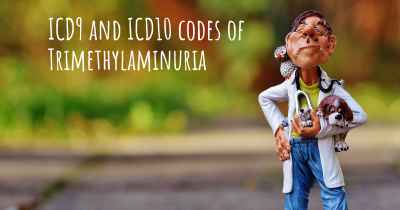What is the prevalence of Trimethylaminuria?
How many people does Trimethylaminuria affect? Does it have the same prevalence in men and women? And in the different countries?

Trimethylaminuria is a rare metabolic disorder characterized by the inability to break down trimethylamine, resulting in a strong fishy odor in bodily secretions. The prevalence of this condition is estimated to be around 1 in 200,000 individuals worldwide, making it a relatively uncommon disorder. It is caused by mutations in the FMO3 gene, which is responsible for producing an enzyme that breaks down trimethylamine. Although it is a rare condition, it can significantly impact the quality of life for those affected, leading to social and psychological challenges.
Trimethylaminuria, also known as fish odor syndrome, is a rare metabolic disorder characterized by the inability to break down trimethylamine (TMA), a compound found in certain foods. This condition leads to a strong and unpleasant body odor resembling that of rotten fish, which can be socially distressing for affected individuals.
The prevalence of Trimethylaminuria is not well-established due to its rarity and underdiagnosis. However, it is estimated to affect approximately 1 in every 200,000 individuals worldwide. The condition is more commonly observed in women than in men, although both genders can be affected. Symptoms usually appear during childhood or adolescence and may vary in severity among individuals.
Trimethylaminuria is caused by mutations in the FMO3 gene, which is responsible for producing an enzyme that breaks down TMA. Without this enzyme, TMA builds up in the body and is released through sweat, breath, and urine, resulting in the characteristic odor.
While there is currently no cure for Trimethylaminuria, management strategies such as dietary modifications, avoiding certain foods rich in TMA, and using activated charcoal or antibiotics may help reduce symptoms. Genetic counseling and psychological support are also important for affected individuals and their families.








